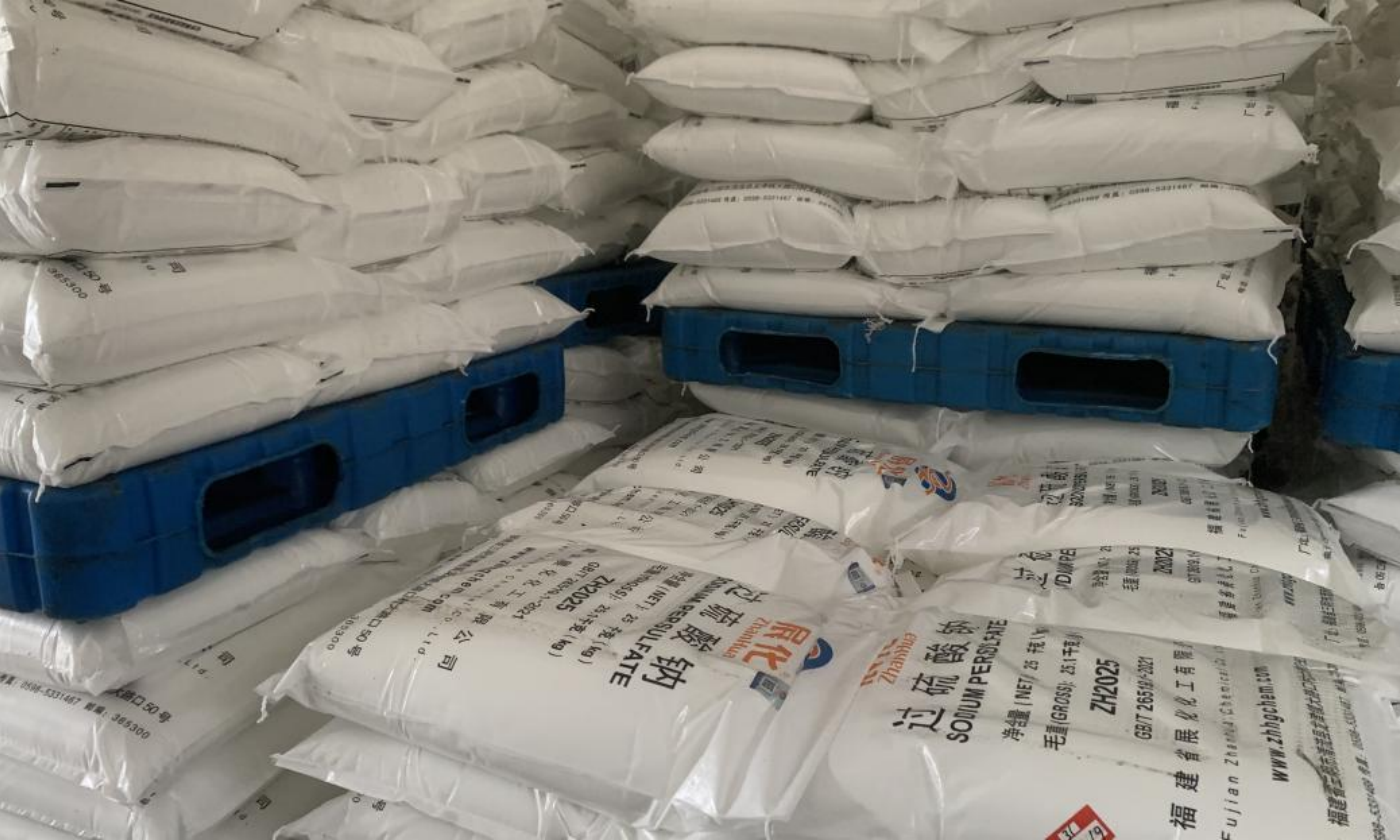Soil pollution, particularly organic contamination, is posing increasingly severe threats to the ecological environment and human health. When organic substances such as petroleum hydrocarbons enter the soil, they not only damage the soil structure and affect the survival of soil organisms but may also harm human health through respiration, skin contact, and other pathways. Among various soil remediation methods, chemical oxidation has gained significant attention due to its high efficiency. As a high-performance oxidizing agent, Sodium Persulfate has demonstrated outstanding degradation efficiency in the remediation of organically contaminated soils.

Ⅰ. Powerful Oxidizing Capacity: Targeting Recalcitrant Pollutants
Sodium Persulfate is a strong oxidant that generates sulfate radicals (SO₄・⁻) when activated. These radicals possess oxidizing power comparable to hydroxyl radicals (・OH), while exhibiting greater stability and stronger penetration in soil media.
During soil remediation, Sodium Persulfate releases reactive oxygen species—highly oxidizing free radicals that rapidly attack organic pollutants in the soil. For recalcitrant pollutants with high toxicity and poor degradability, such as polycyclic aromatic hydrocarbons (PAHs) and petroleum hydrocarbons, their chemical bonds are quickly broken by these radicals. Macromolecular organic compounds are thereby decomposed into harmless substances or small molecules easily processed by microorganisms, significantly reducing pollutant levels in the soil. This decomposition capacity is unmatched by many traditional remediation methods.
Ⅱ. Unique Reaction Mechanism: Adapting to Complex Soil Environments
Soil is a complex multiphase system, with significant variations in properties across different soil types, posing numerous challenges to remediation efforts. The reaction mechanism of Sodium Persulfate enables it to adapt well to such complex environments: it can fully contact and react with pollutants in soil through infiltration and diffusion, without being overly restricted by differences in soil types. In practical applications, it can be directly added to soil or mixed into a solution and injected into contaminated areas via grouting—methods that help it quickly reach polluted zones and enhance its effectiveness.
Ⅲ. Environmentally Friendly Characteristics: Safeguarding Soil Ecology
In soil remediation, attention must be paid not only to remediation efficiency but also to the impact of remediation methods on the soil ecosystem. Sodium Persulfate holds distinct advantages in this regard. Compared to some traditional chemical remediation agents, it typically does not introduce new harmful organic pollutants during use, avoiding secondary pollution to the soil. Additionally, its main degradation product is sulfate, which has low acute toxicity and does not introduce new persistent organic pollutants.
Ⅳ. Fujian ZhanHua Chemical: Providing High-Quality Sodium Persulfate for Soil Remediation
In the production of Sodium Persulfate, Fujian ZhanHua Chemical has established itself as an industry benchmark through its unwavering pursuit of quality. As a globally leading manufacturer of persulfates, Fujian ZhanHua Chemical holds a significant share of Sodium Persulfate production capacity both domestically and globally, providing a stable and sufficient supply of high-quality products to the market.
Recognizing the critical importance of product quality for applications such as soil remediation, Fujian ZhanHua Chemical maintains a stringent quality control system throughout production. From raw material selection to every step of the manufacturing process, meticulous oversight ensures that the Sodium Persulfate produced is of high purity with low impurity content. This high purity enables Fujian ZhanHua Chemical’s Sodium Persulfate to function more efficiently in soil remediation, minimizing potential adverse effects from impurities.
Simultaneously, the company continuously invests substantial resources in technological research and process improvement. Through ongoing innovation, its Sodium Persulfate products exhibit excellent performance, with advantages such as low energy consumption, high quality, and resistance to caking—better meeting the high standards of modern industrial and environmental protection sectors.

Conclusion
Addressing organic soil pollution is crucial for the sustainable development of the ecological environment and the protection of human health. Sodium Persulfate demonstrates significant advantages in remediating organically contaminated soils due to its powerful oxidizing capacity, unique reaction mechanism, and environmentally friendly characteristics. As soil remediation technologies continue to advance, Sodium Persulfate is expected to play an even greater role in soil pollution remediation, contributing to the improvement of soil environments and the restoration of ecosystems.